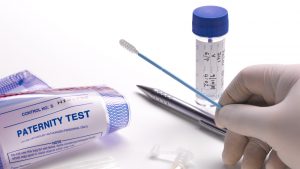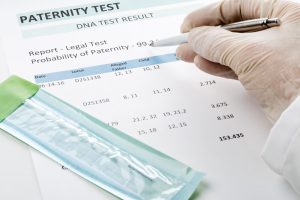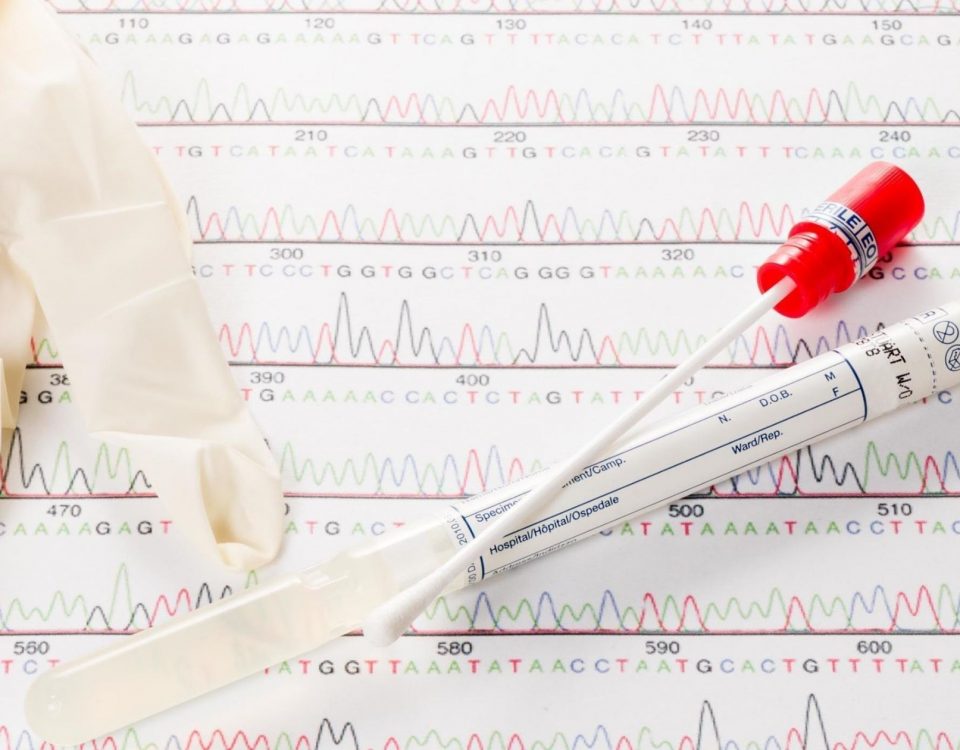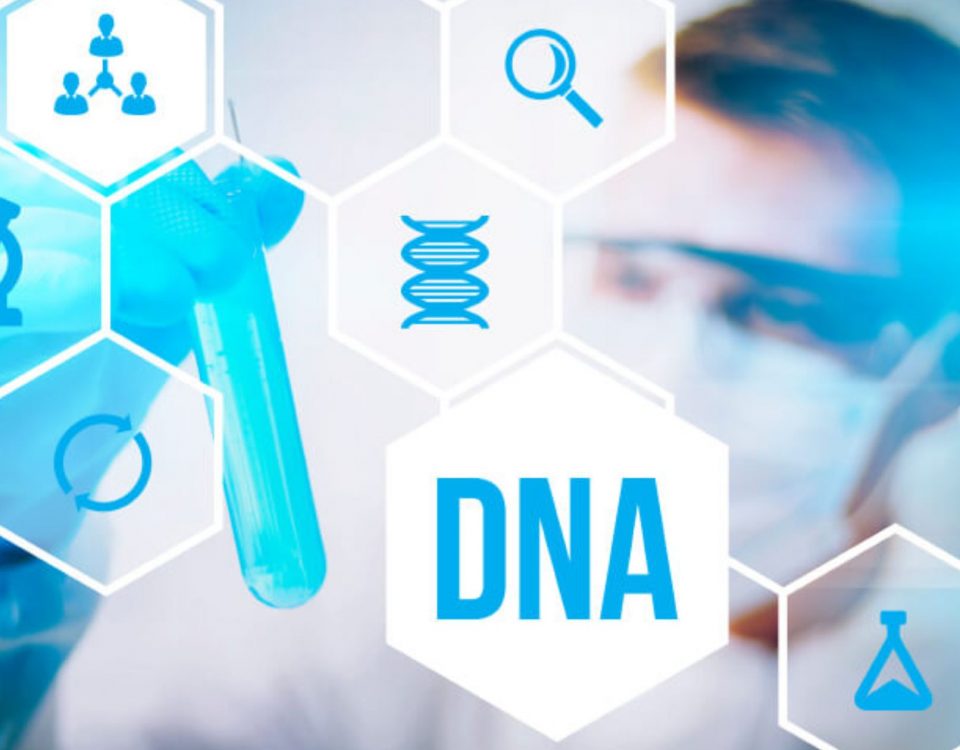DNA Paternity Test Overview

How is CVS testing different from amniocentesis?
December 6, 2021
How DNA tests can detect earlier signs of a genetic disorder in a fetus?
January 7, 2022A DNA paternity test is done by taking DNA samples from an alleged father and a child to determine whether they share a father/child biological relationship or not. Remember that, a biological child share 50% of his/her DNA with the biological father and 50% with the biological mother.
Main things which a DNA paternity test can’t determine:
- Proof of relationships other than paternal (aunt/uncle/sibling/grandparent)
- Information regarding ancestry
- Age of participants
- Race of participants

What requires doing a DNA paternity test?
DNA samples from the possible father, a child in question, and the mother of the child (optional, but recommended).
All paternity tests are performed in a sequence as mentioned below:
- Collecting the D NAfrom participants
- Testing and analysis of the samples at the AABB accredited lab
How DNA Is Collected?
- DNA is taken out from participants’ cheek cells, which are collected using a simple and painless swab.
- Swabs are placed in paper envelopes. The main thing to know is that paper containers allow the organic material on the swabs to “breathe” and prevent mold contamination. In case, if swabs are wet, then wave them in the air for a few minutes to dry them.

- A rare postnatal case includes a blood sample for getting the DNA, but cheek swabs are now the norm and are very reliable.
A DNA paternity test can also be performed at home if the results are only for peace of mind and information.




